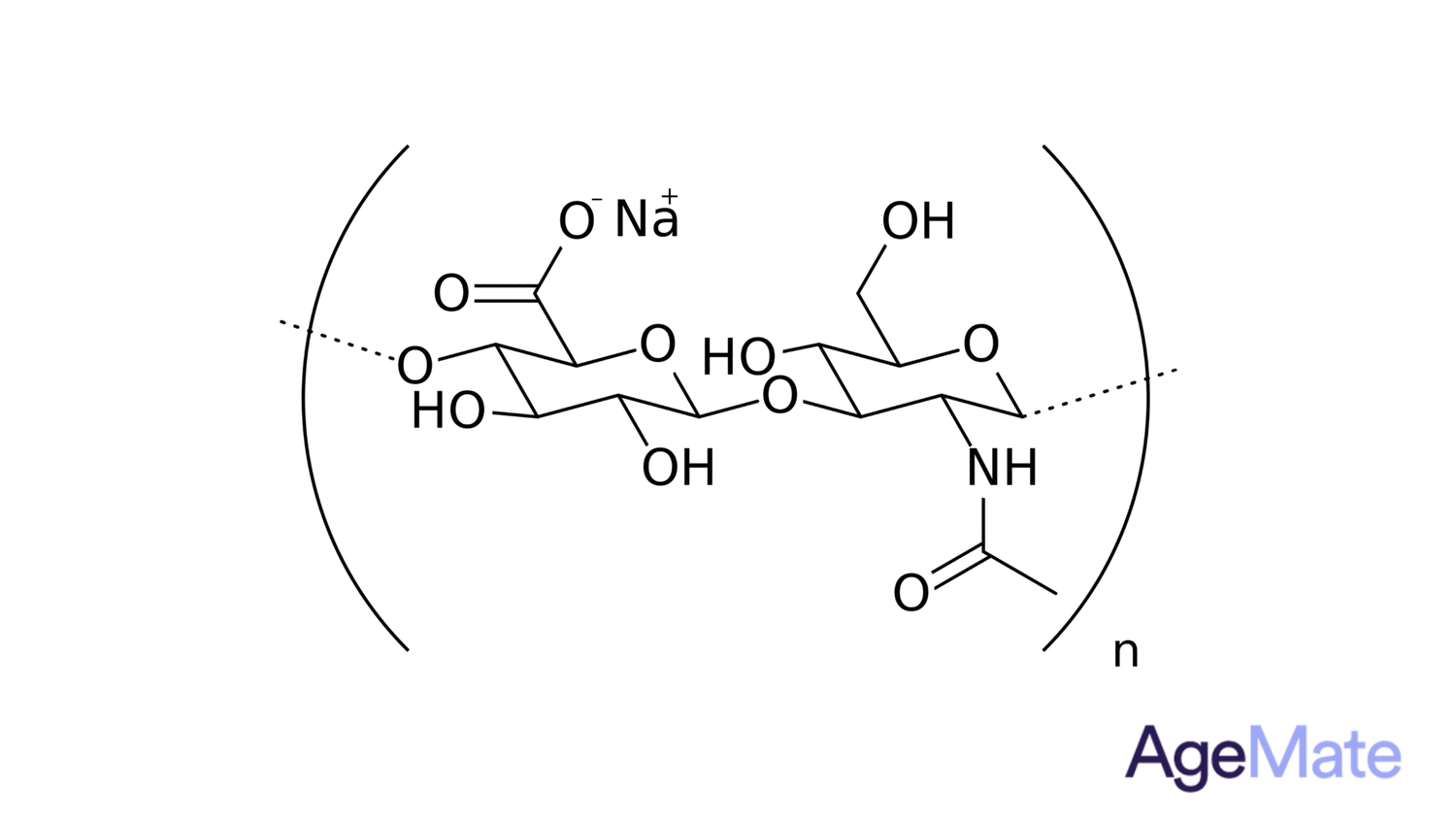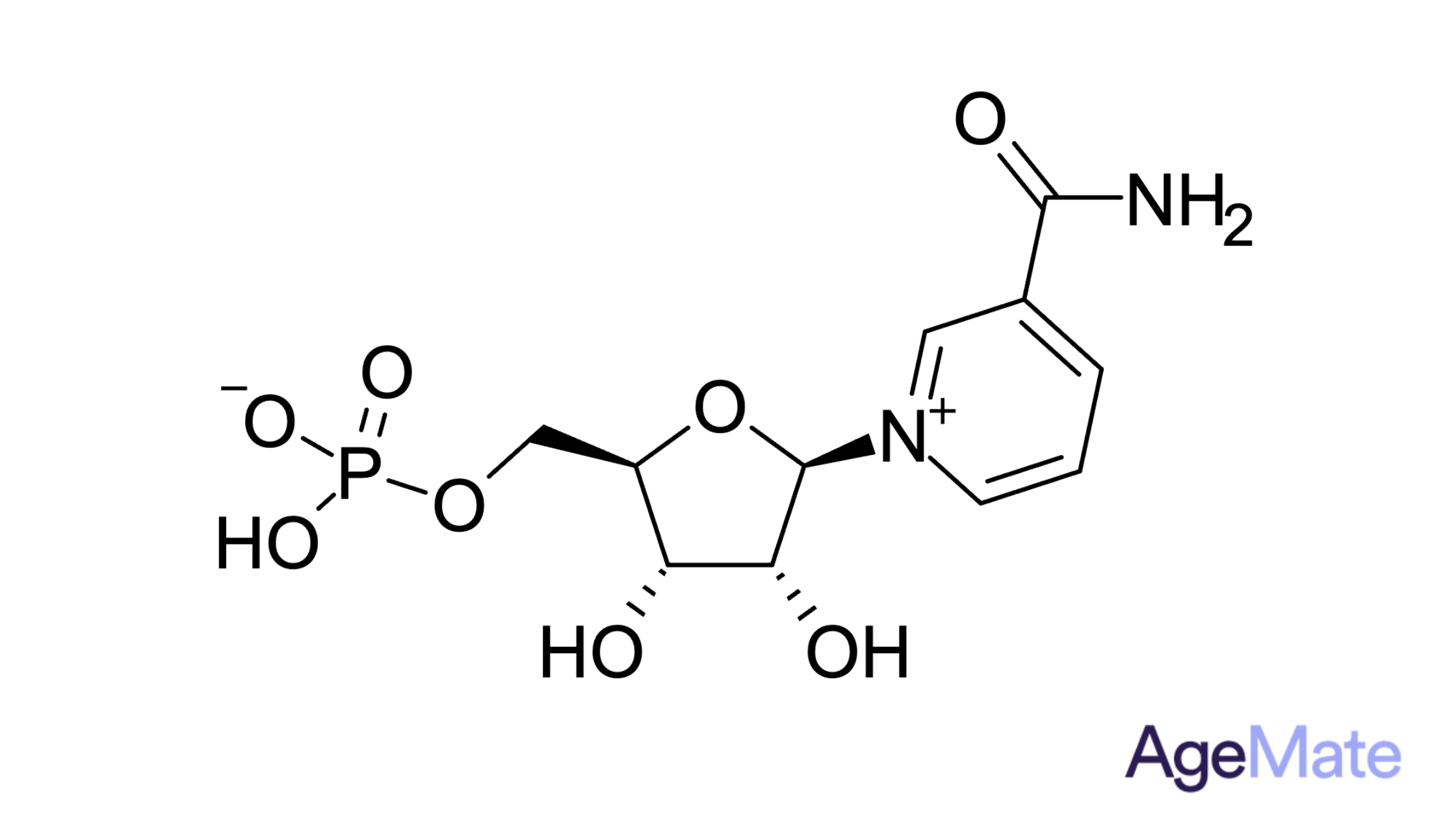Summary
|
|
What is Sodium Hyaluronate?
Sodium Hyaluronate is derived from Hyaluronic Acid (HA) and is a natural substance found in the human body, especially in the skin, eyes, and connective tissues. It's a type of glycosaminoglycan, a crucial compound for skin health.
One of its primary functions is to retain moisture, keeping tissues well-hydrated and lubricated. HA can hold up to 1000 times its weight in water, making it an exceptional hydrating agent (R).
Sodium Hyaluronate Impact on Ageing
As we age, our skin's natural production of HA diminishes. External application or supplementation with Sodium Hyaluronate aids in restoring moisture, improving skin elasticity, and reducing signs of ageing (R).
By retaining moisture, HA helps diminish the appearance of wrinkles, fine lines, and sagging skin, promoting a more youthful appearance (R).
It strengthens the skin's natural barrier, protecting it from environmental aggressors and enhancing its resilience against damage (R).
Sodium Hyaluronate and Longevity and Ageing Studies
In the body, Sodium Hyaluronate acts as a cushioning agent in joints, reducing friction and supporting joint health, potentially aiding in mobility as people age (R).
Studies have explored the potential of Sodium Hyaluronate in promoting longevity. Although more research is needed, its impact on cellular health and tissue rejuvenation hints at broader implications for ageing-related issues (R).
A 12-week study indicated higher molecular weight HA reduced wrinkles after 8 weeks, while all groups had better skin after 12 weeks. Oral hyaluronic acid reduced wrinkles and enhanced skin (R).
Among women experiencing mild-to-moderate skin ageing, a daily oral intake of 200 mg hyaluronic acid for 28 days resulted in reduced wrinkle size and boosted skin hydration and elasticity (R).

The analysis results of wrinkle replicas were examined over time following the ingestion of hyaluronic acid or the placebo, with changes measured from the baseline. Image source: Clinical, cosmetic and investigational dermatology





